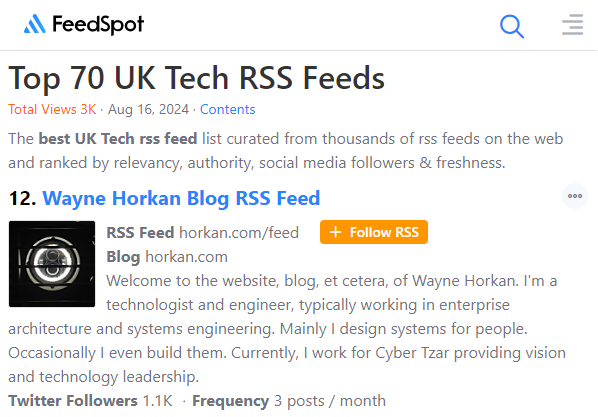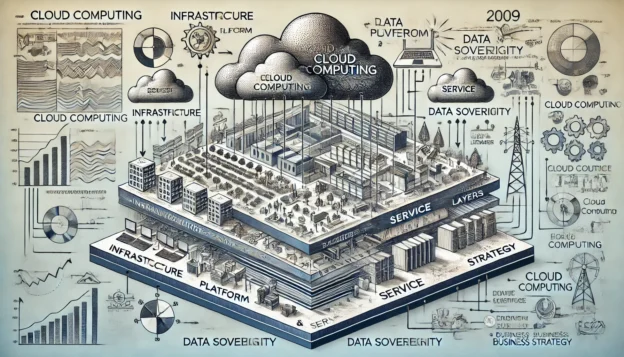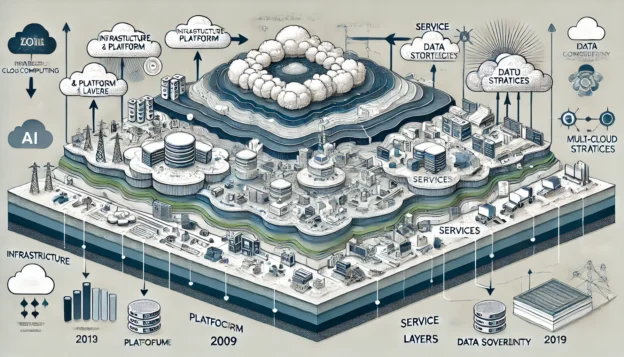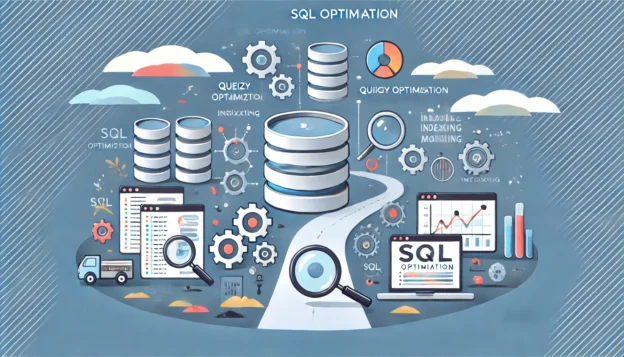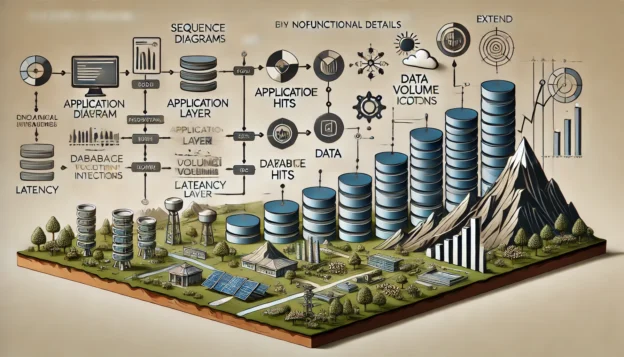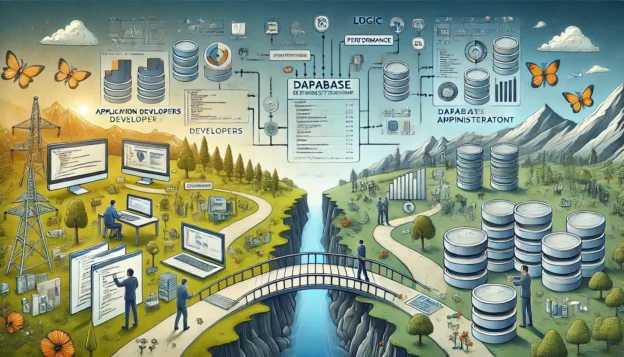This article provides a retrospective on the 20th anniversary of Jeffrey Dean and Sanjay Ghemawat’s seminal paper, “MapReduce: Simplified Data Processing on Large Clusters”. It explores the paper’s lasting impact on data processing, its influence on the development of big data technologies like Hadoop, and its broader implications for industries ranging from digital advertising to healthcare. The article also looks ahead to future trends in data processing, including stream processing and AI, emphasising how MapReduce’s principles will continue to shape the future of distributed computing.
Continue reading
